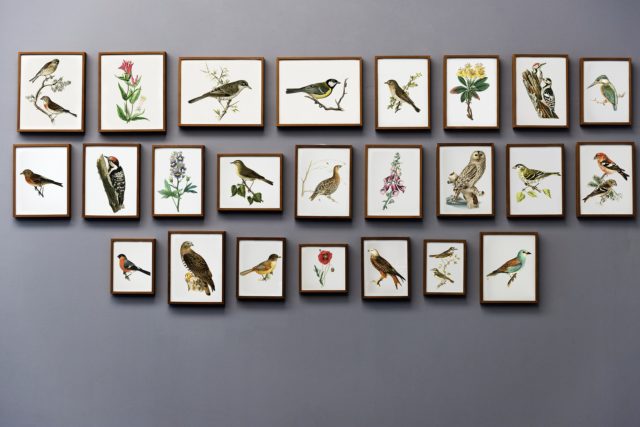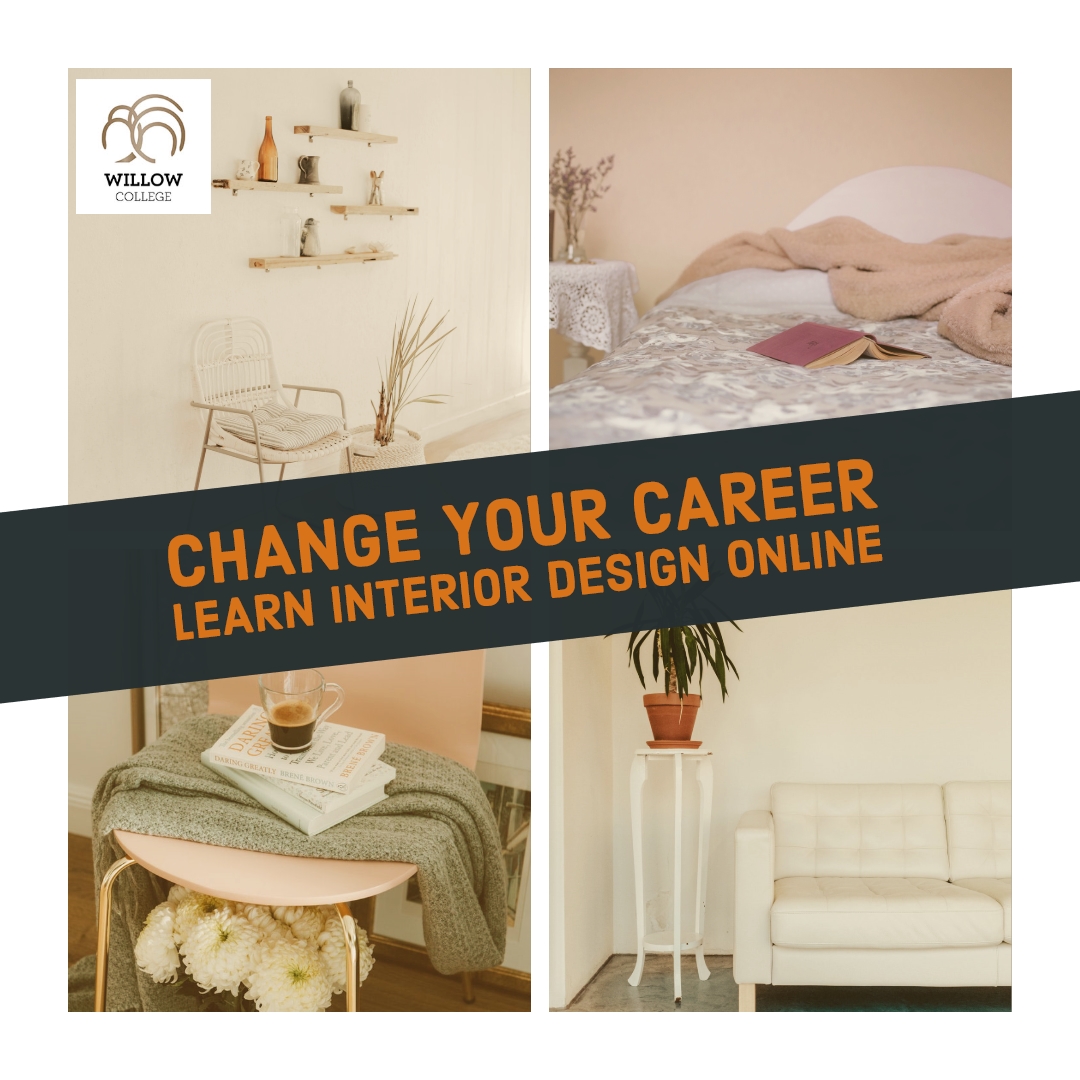House Clutter – it can take over the world!
We don’t plan to have clutter, it slowly builds over time. We don’t see or recognize it as it seems to quietly grow as we sleep. It’s not until you go to tidy up before a special guest comes to visit and you realize that you have all this stuff everywhere. Where did it all come from? There’s not a horizontal surface free anywhere, and there seem to be a lot of stacks and piles of things. You have no idea how it happened, and you don’t know where to start to free yourself, it’s just too overwhelming.
Watch Lee Brown from WillowCollege talk with Sheryl Borden from Creative Living about curing the clutter-bug.
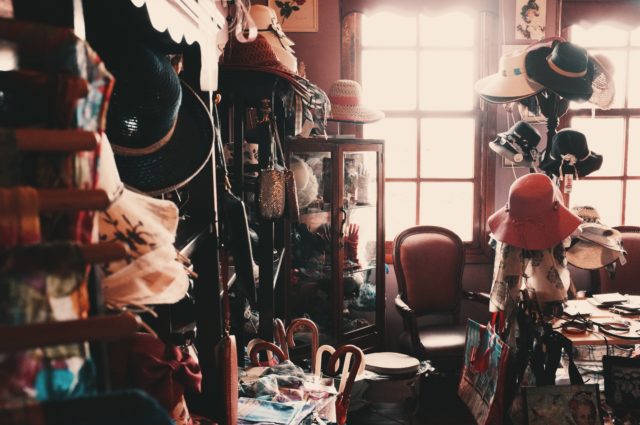
I’ll Show You How in 5 Simple Steps
The main trait of a clutter-bug as I call someone like this – myself included – is denial. Who me? I don’t live in a mess, I can throw things away that are chipped or broken, I can part with the shell mouse on a piece of driftwood I got on a family holiday in 1978. I can live in a home without clutter! But can I do it without help? Probably not. This is a guide for you to help someone else. If you are the clutter-bug, then please give this information to a friend and get them to help you, it takes two to get this job done.

A clutter-bug is a compulsive collector who can’t bear to put worthless things in the bin (garbage) or throw anything away that is broken. They are sentimental about everything that enters their home. It’s all precious. They must have all their possessions on show, and hence they always have a dusty house because it is so difficult to clean. At first glance their home looks like a rubbish tip, but it often can be ordered, it’s just very busy and very full.
So, can we cure the clutter-bug?
I say – yes we can. They just have to want to change. With a little persuasion, education, a sound plan and a lot of heartache it can be done. Here’s how.
Here’s Our Plan to Cure the Clutter-bug
Firstly, be prepared for physical work, this is a big job. You need to take it slowly and be sympathetic as your friend (I’ll call them this for want of a better name) will be very emotionally attached to everything they have collected. If you follow the process shown, they will see what a difference it makes to their lives, not just aesthetically but in the time it takes to clean the house and keep it tidy.
Step One – Act like they are about to move house
Take everything out of the room. Give the room a good spring clean and make sure you clean the windows allowing fresh bright sunlight into the room. This is an ideal time to do any physical decoration they have planned like painting or wallpapering walls or new floor coverings. (You will probably have to do this one room at a time or the clutter-bug client just won’t cope with the change.)
Step Two – Bring back the most important things for the room
For example if you are working with their living room then you would bring back in the sofa, couch, chairs, TV, stereo, side tables, or if it is the bedroom then you would require the bed, side tables a chair. These are the items that are required to make the space function as it is intended so we have to make them work in the space.
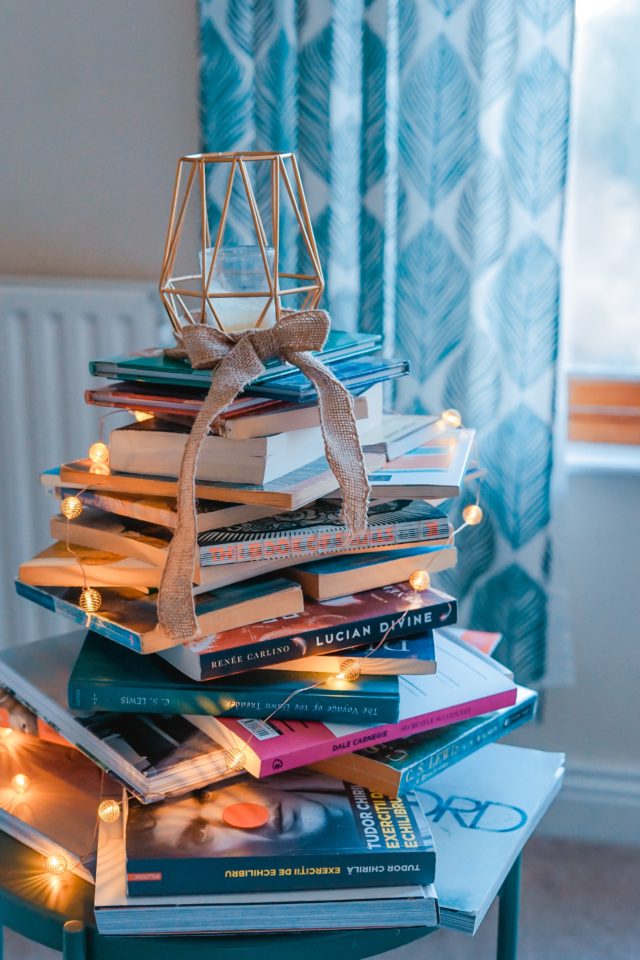
Step Three – Work out where all the important things sit in the space.
Move them so the space flows and that you can move freely around the room and undertake the function the room is designed for. Then sit down with your
friend and have a look around, breathe in, ask them how they feel? They should feel liberated, their chest should feel lighter, the room should feel brighter as the windows are clean, the air seems to flow better, (could be something to do with Feng Shui), or just that you are not having to fight with multiple visual “things” colors and textures around the room.
Step Four – Start Layering
Select a few things at a time to bring back into the room to decorate with. Paintings, pictures, a vase, a rug, lamps. Do it slowly with your client and feel how the space is changing. Get them to pick out the best items that they want to show, don’t use all of them.
If you have their involvement, then they will feel like they are in control not you. (You are subtly steering or guiding them to make the right choices but they need to feel in control of it, they need to own the change and feel proud at the end).
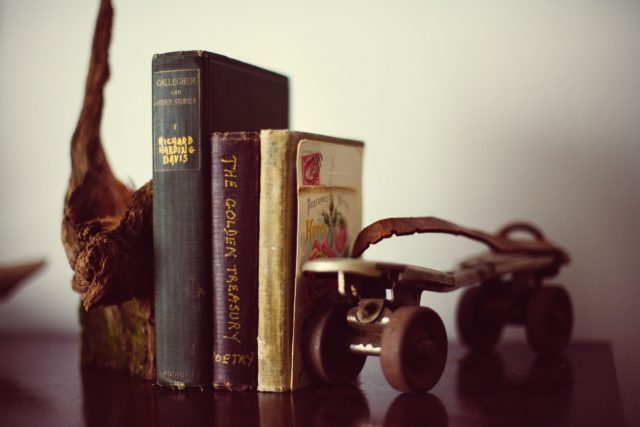
Think of yourself as the curator – editing or curating the best things from the selection you have to work with, let your friend enjoy them. Like a museum they can then change them around seasonally or as the fashion they follow dictates, it is important that the room expresses their personality, but we don’t need their whole life story in one room.
Step Five – Stop!
Yes, don’t keep going. Less is better in a room. Put all their remaining items in storage as they won’t be able to part with them straight away. This is a compromise, as a real clean up means getting rid of unwanted items, but remember your friend is still very emotionally attached to these things and doing too much at once might make them feel distressed.

Once they feel happy with their new space and enjoy how it makes them feel you can plan to visit again after a few weeks. Then you can help them sort through what is left over. Keep it simple – 3 piles, keep, throw away and donate/sell. They can cope with managing 3 options anymore and the will be saving a vase they got from their great aunt to hand down to their niece, and keep their old lamp for when their kids go flatting, along with the cushions and throws…… You can see how it can quickly back fire and they end up keeping everything. So let them keep what is reusable, throw out or recycle what is not and donate the rest to a good charity or sell it on ebay. You can cure your friend the clutter-bug.

Note: This illness can easily creep back, you need to let them know that if they are going to add new things to their lovely new space then they need to do it slowly and really consider the impact on the space that it will have, they may have to take something out to make room for it. If not, they will again suffer the dreadful fate of becoming a recurring clutter-bug.
So when you are faced with the clutter-bug friend, think of it as a personal challenge. You can do this, we can cure the clutter-bug and create a lovely well curated, personal, functional space for your friend. Are you going to take up the challenge?
This is just one of the things you will learn from our online Interior Decorating and Interior Design Course at WillowCollege. Easy 3-minute lessons you can learn on your smart phone, table, laptop or PC.

